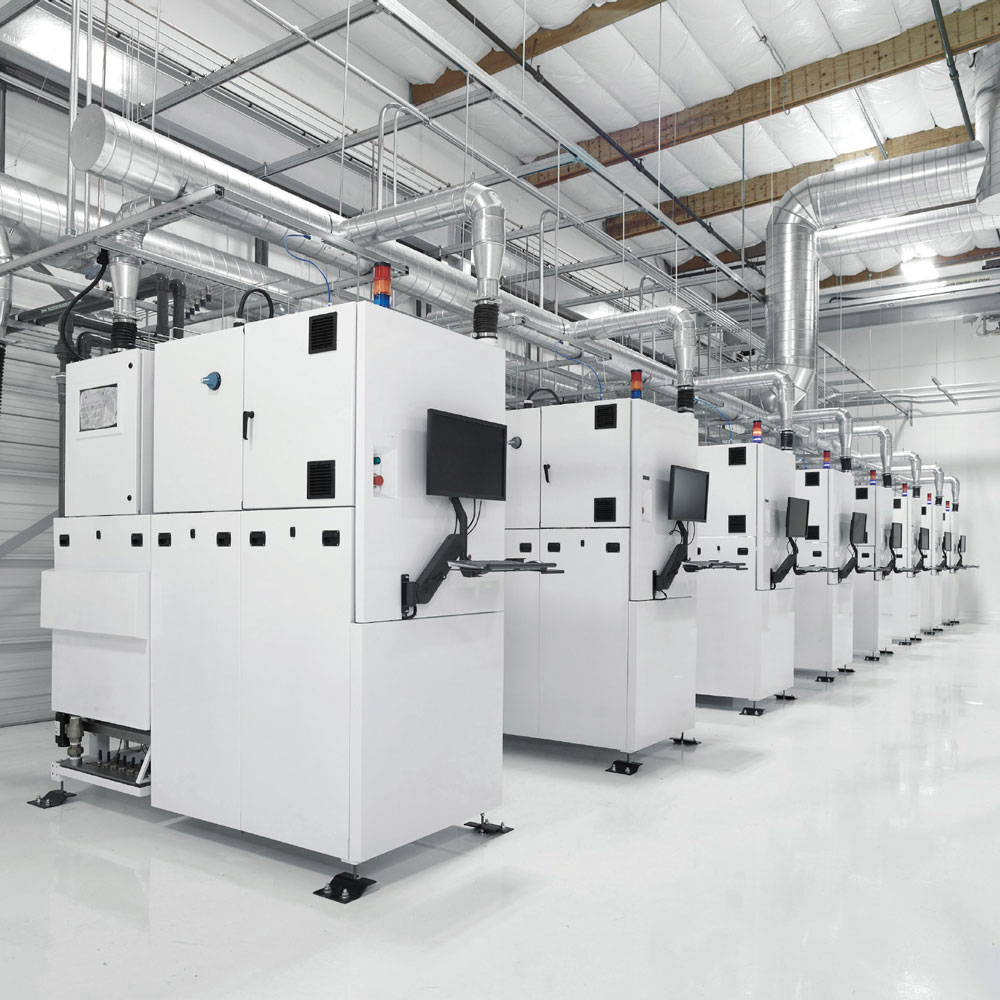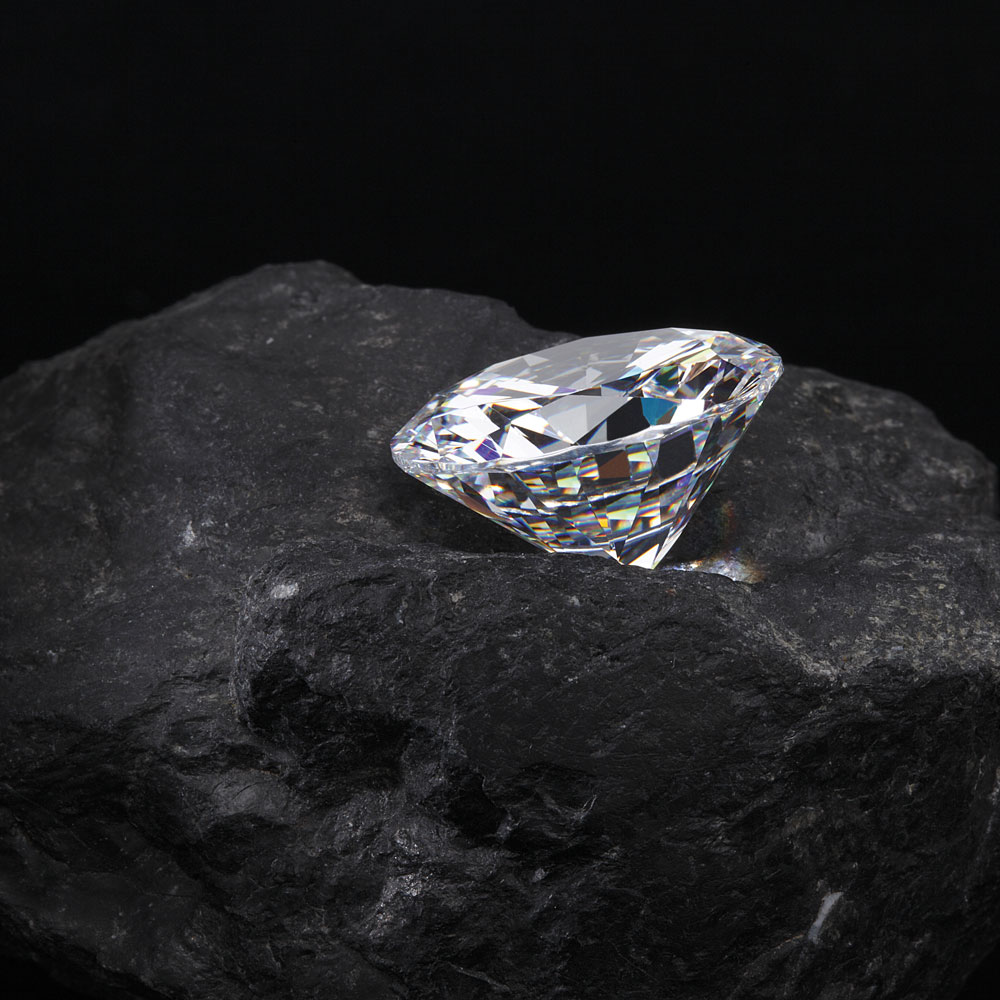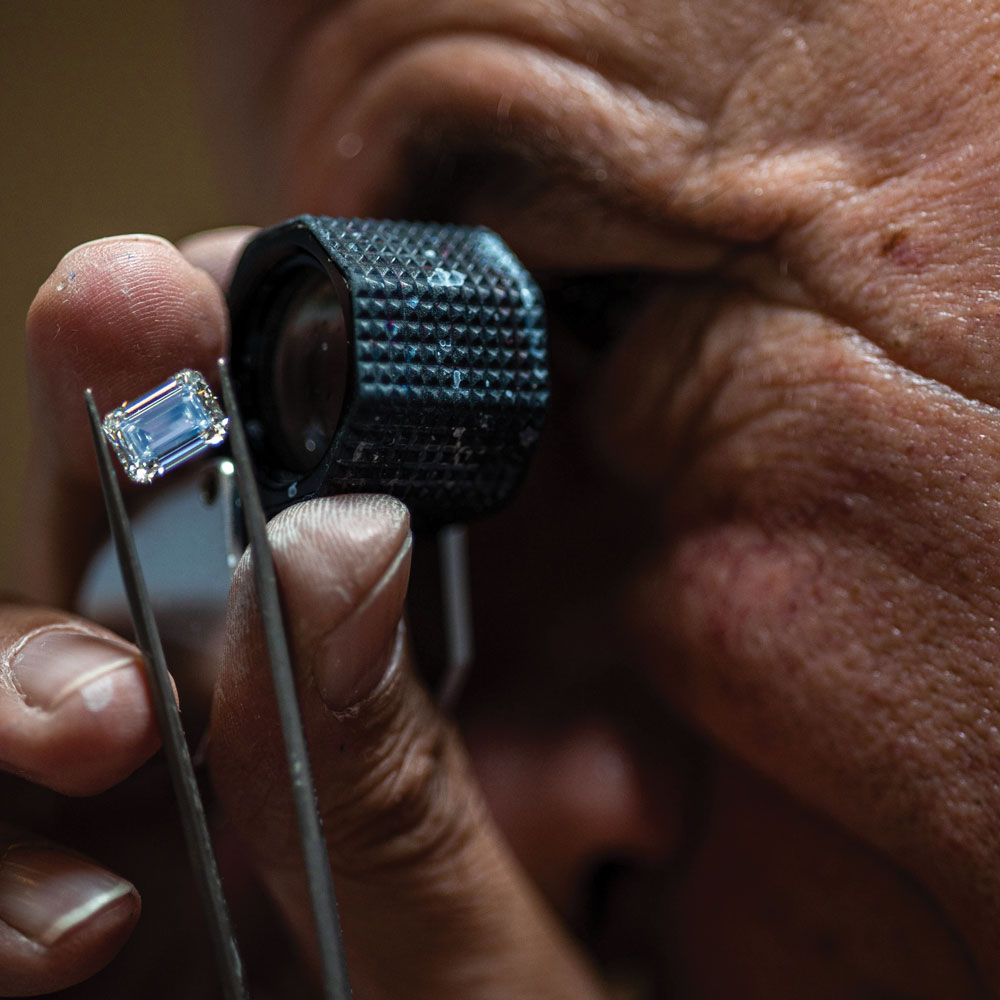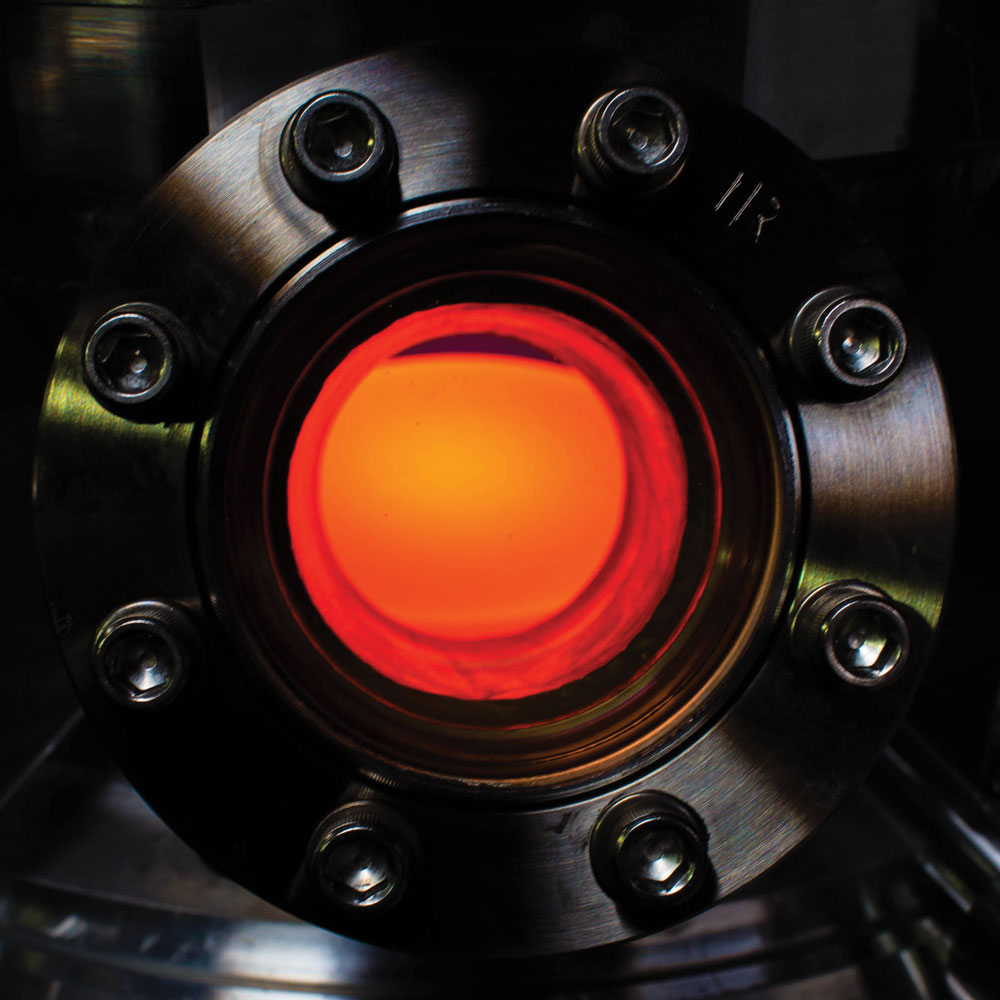BETTER THAN THE REAL THING?
3rd June 2023
Lab-grown diamonds have made headlines by billing themselves as the ethical alternative to mined stones. But are they as environmentally sound as their press releases would have you believe? Laura McCreddie-Doak is here to set things straight, so you can form your own opinion.

Billy Porter wore 64.5cts of them to perform at the Oscars in 2020, Lady Gaga has been known to tread the red carpet in them, and Emma Watson is also a fan.
We’re talking about lab-grown diamonds – stones that are chemically and structurally real but, rather than being dug out of the ground they are grown in a lab.
The PR machine surrounding these stones has been keen to emphasis the fact that, because these stones aren’t mined, they have none of the negative environmental or human impact of mined stones; something that appeals to a generation looking to invest in luxury items that don’t impact the planet or adversely effect people.
However, as with the fashion industry, these green credentials aren’t as pristine as they at first seem.



WHAT ARE LAB-GROWN STONES?
Despite only recently having been adopted by the luxury jewellery industry, lab-grown stones aren’t a new thing. They have been around since the 1940s, though they gained prominence in 1954, when US multinational conglomerate General Electric (GE) produced the first synthetic diamond for use in the tech and manufacturing industries.
However, because these were functional diamonds, all GE cared about was the stones having the same hardness and conductivity levels of mined stones, flawlessness was not a priority. It wasn’t until the 1970s that labs started to experiment with creating stones at adhered to the four cs – cut, clarity, colour, and carat –and it was only in the 1980s that they started producing stones that could be used in fine jewellery.
It must be emphasised that these stones aren’t fake. Unlike cubic zirconia or mossanite, which look like diamonds but are chemically and structurally different, lab-grown stones are real, it’s just that the intense heat and pressure that forms them doesn’t happen naturally but is simulated in a lab. This is done in two ways – high pressure high temperature (HPHT) or chemical vapour deposition (CVD). They both star the same, with a thin slice of another manmade diamond, called the seed.
Then, with the HPHT method the seed is placed among pure graphite carbon and exposed to extreme pressure – about 15 million pounds per square inch – and extreme heat, in this case around 1,500ºC. For CVD the seed is put in a chamber filled with gas that has been enriched with carbon. This is then heated, which forces the carbon atoms to stick to the seed; this build-up of atoms creates the diamond.
These elevated quality of this new generation of lab-grown stones has allowed luxury jewellers to use these stones to create high-end pieces offering ethically minded customers a stone, which, they claim, doesn’t have the ethical baggage of mined stones. But the truth isn’t quite so clear cut.



DIGGING DEEPER
You can’t deny that mined diamonds have had a bit of a rocky history PRwise. Many still associate the stones with dreadful labour and environmental practices that occurred in some African countries in the late 1980s and most of the 1990s. From 1989 to 2003, civil wars in Angola, the Democratic Republic of Congo, Liberia, and Sierra Leone were funded by the illegal trading of stones extracted from mines which were unregulated and used slave labour, which led to them being dubbed “blood diamonds”.
It was this trade in illegal stones that led to the forming of the Kimberley Process in 2003, a multilateral trade certification programme that was set up to prevent conflict stones from entering the marketplace. It was the beginning of the diamond industry putting in place measures to ensure customers could buy jewellery safe in the knowledge that they had been mined safely and responsibly. Work that continues today, with the likes of De Beers, the world’s largest diamond miner, in 2019, launching Tracr a blockchain traceability scheme that allows diamonds to be traced along the supply chain from mine to market.
It has also started, through the Natural Diamond Council (NDC), to communicate to the public how diamond mining can, if done responsibly and with the cooperation of the indigenous community, be a force for good. One such example is Botswana, where De Beers has mined diamonds in a 50/50 partnership with the government for over 50 years. This partnership has funded educational schemes, for both adults and children, helped build schools and hospitals, it has even benefitted conservation projects.
In working with the local communities, De Beers has also ensured that when the mine closes, enough tertiary industries have been constructed that there won’t be any economic damage to the region; a strategy that is adopted wherever De Beers mine. The NDC also commissioned the Total Clarity Report in 2019.
This report looked at the socio-economic and environmental impact of large-scale mining, it also compared the carbon emissions of mined stones to lab-grown ones. Because most of the labs that grow these stones are in countries that rely on coal or natural gases for energy, the report concluded that the carbon footprint of a cultured stone was three times that of a mined one. Using what the report termed “an average of estimates in the public domain,” it surmised that for every polished carat 160kg of CO2e was produced and that this figure for lab-grown stones was closer to 511kg per carat.
Unsurprisingly, some sectors of the lab-grown industry hit back at the report. The likes of US-based Diamond Foundry, which boasts Leonardo DiCaprio as an investor, uses 100% hydropower and is the world’s first and only certified carbon-neutral diamond producer in the world, said that the report was inaccurate because it chose to lump all cultured stone producers into one group.
It also did not consider that labs could be moved to more clean-energy areas, or modify their practises to be more environmentally friendly. However, it did present an interesting conundrum – if you don’t know where your cultured stones are grown how can you be sure that their environmental impact is less that a mined stone? And couldn’t you also argue that it’s better to put money into a supporting a community by buying a mined diamond than into the pockets of a faceless laboratory?
As with anything that hangs on an ethical premise, there is no easy answer. Are lab-grown diamonds better than the real thing? Well, that all depends on your definition of “better”, doesn’t it?
CONTINUE READING
GLAM FACTOR
Va va voom glamour is back. Diamonds are the ultimate extra that take you from day to night.
WEAR YOUR HEART
Chopard’s new collection gifts women an irrefutable excuse to treat themselves, says Laura McCreddie-Doak.



